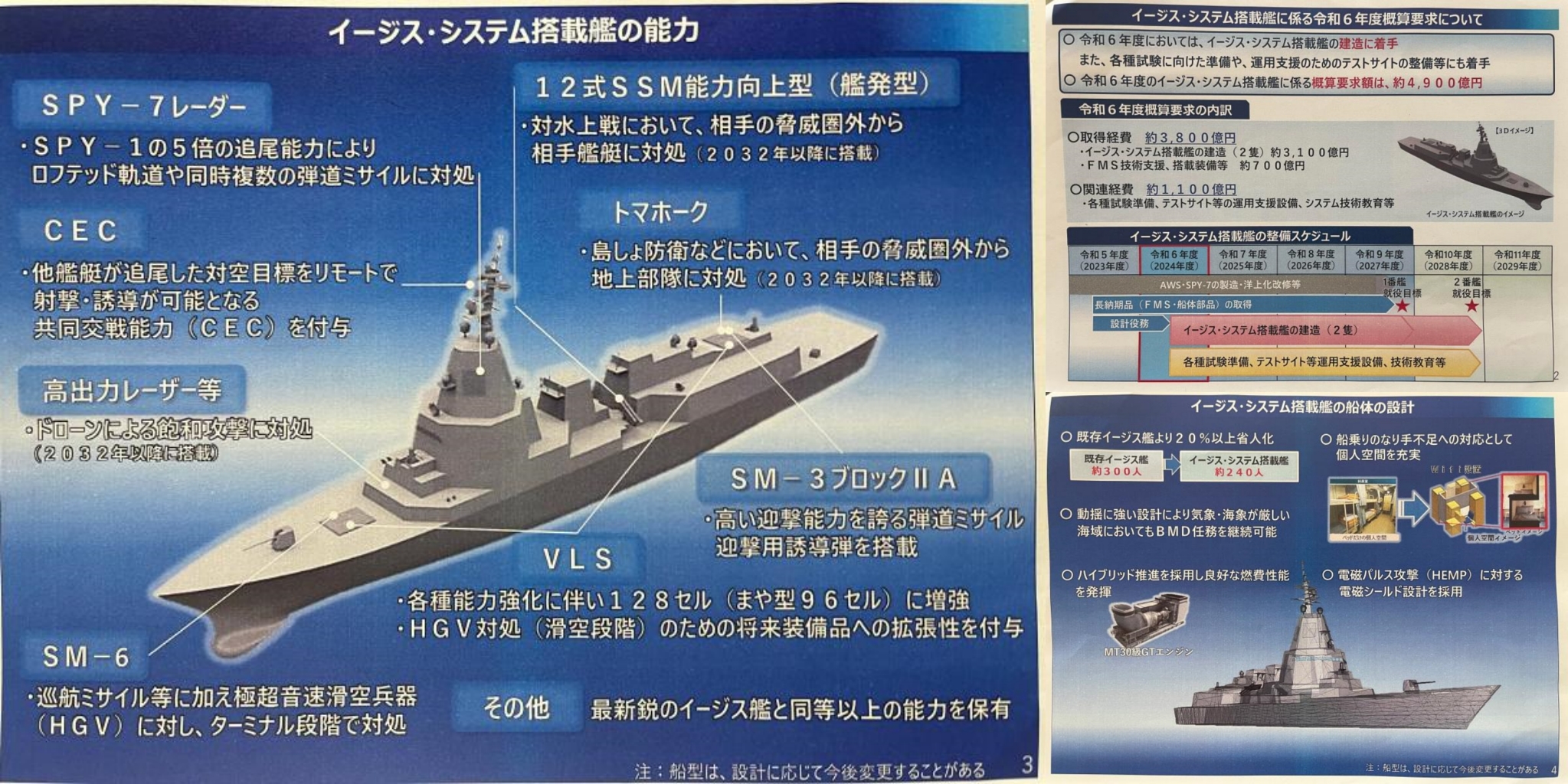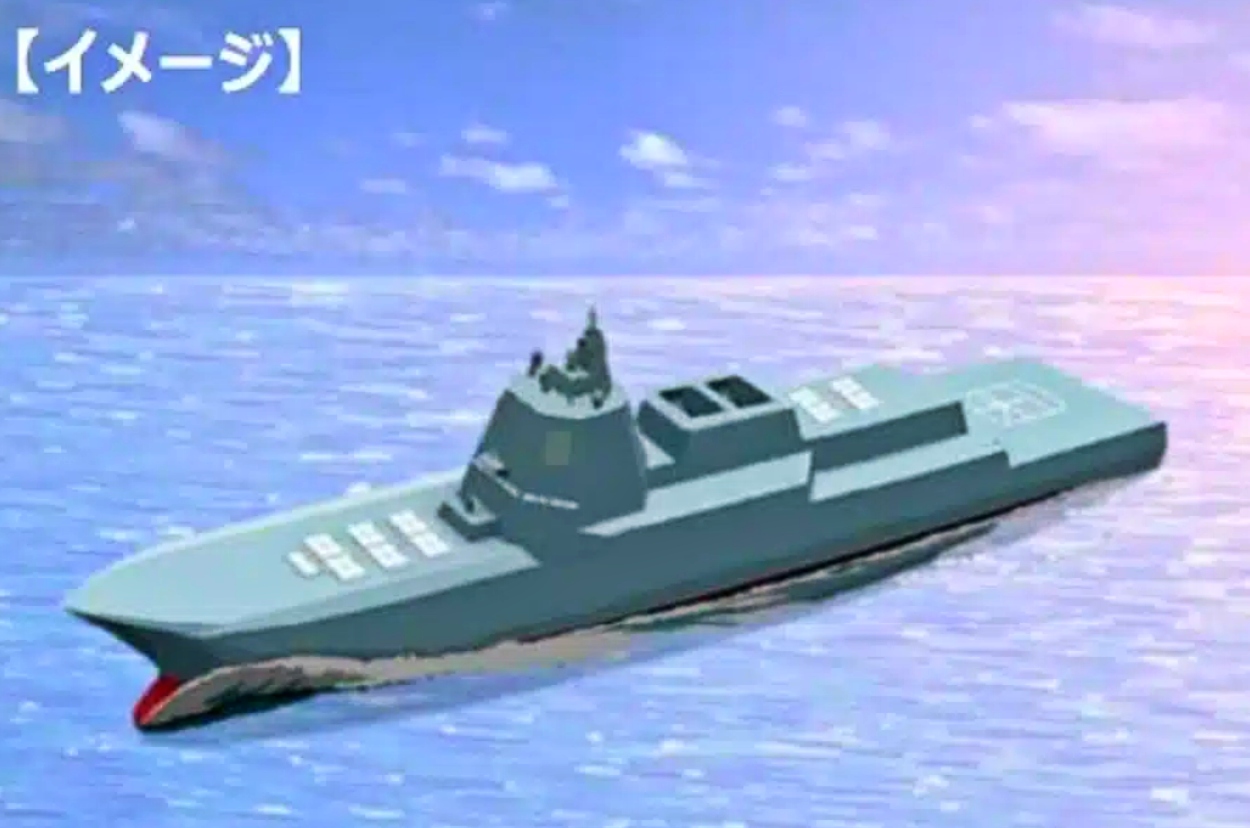Lockheed Martin’s cutting-edge AN/SPY-7(V)1 radar, destined for Japan’s future Aegis System Equipped Vessels (ASEVs), has achieved a groundbreaking milestone by successfully tracking space objects for the first time.
Lockheed Martin announced the milestone on April 4, following a successful demonstration on March 28. It is positioning itself as a cornerstone for Japan’s national defense strategy.
During the demonstration, the SPY-7 radar’s tactical hardware and software showcased their capability to track objects in space, affirming the radar system’s maturity and initiating comprehensive performance testing.
The radar, stationed at Lockheed Martin’s Production Test Center in Moorestown, New Jersey, underwent scrutiny in the presence of representatives from the Japan Maritime Self-Defense Force (JMSDF) and a US Navy Aegis Technical Representative, as stated by the US Missile Defense Agency (MDA).
Amr Hussein, Vice President of Multi-Domain Combat Solutions at Lockheed Martin, emphasized the rigorous integration and testing processes to minimize risks and ensure the prompt delivery of fully functional systems to Japan.

Japan’s Ministry of Defense plans to integrate the SPY-7 radar system into two ASEVs, underscoring the strategic importance of the program.
The ASEVs, each boasting a 12,000-ton displacement, are poised to become Japan’s largest surface combatants since World War II, with an estimated cost of $2.7 billion each.
The Japan Ministry of Defense aims to commission the two newly constructed JMSDF vessels in March 2028 and March 2029, respectively.
The SPY-7 radar, a product line leveraging technology from the Long Range Discrimination Radar (LRDR) program, is designed to fortify defenses against evolving threats. It offers 24/7 coverage for land and maritime applications worldwide.
Lockheed Martin reaffirmed “The SPY-7 radar system and Aegis Weapon System equipment will be fully tested ahead of the shipment to Japan.”
Additionally, Japan’s Aegis Combat System-equipped warships are slated to receive Tomahawk cruise missiles, with crews already undergoing training in preparation for deploying these advanced assets.
Japan’s Aegis System Equipped Vessels (ASEV)
The AN/SPY-7(V)1 radar’s achievement in tracking space objects signals the beginning of a new era in Japan’s defense capabilities. It offers improved surveillance and threat detection for its maritime operations.
Originally, Japan’s defense strategy included the land-based Aegis Ashore concept, which aimed to deploy two installations for comprehensive defense against ballistic missiles.
However, the project faced numerous challenges, including budget constraints, technical issues, and public concerns regarding the health impacts of radar radiation. Consequently, the initiative was officially halted in 2020.
In response, the ASEV emerged as a more adaptable and potentially more resilient alternative to address Japan’s missile defense requirements. Equipped with the AN/SPY-7(V)1 radar, these vessels offer a flexible solution without the constraints associated with static installations like Aegis Ashore.
The radar’s capability is especially critical for ASEVs armed with SM-3 anti-missile interceptors, designed to neutralize upper-tier ballistic missiles during their mid-course flight phase.

The AN/SPY-7(V)1 radar is a derivative of the US AN/SPY-7 Long Range Discrimination Radar (LRDR), which employs GaN-based active electronically scanned array technology for improved efficiency and reliability.
Both the LRDR and AN/SPY-7(V)1 feature a modular design composed of smaller Solid State Radar (SSR) components, each containing GaN elements supplied by Fujitsu in Japan.
This modular configuration offers increased flexibility and resilience, as individual components can function independently, ensuring continued radar operation even in the event of block failure.
Moreover, renderings provided by the Japanese Ministry of Defense depict the AN/SPY-7(V)1 radar installed on ASEVs, featuring four fixed-face antenna arrays positioned around a large superstructure atop the bridge.

These vessels will be equipped with 128 Vertical Launch System (VLS) cells, housing variants of the SM-3 interceptors capable of engaging targets beyond Earth’s atmosphere.
In addition to the SM-3 anti-missile interceptors, some of the Vertical Launch System (VLS) cells on the Aegis System Equipped Vessels (ASEVs) will also be equipped with SM-6-series missiles.
These advanced missiles boast a versatile capability to engage a wide range of air and missile defense threats, including emerging challenges such as novel hypersonic weapons during the terminal stages of their flights.
In summary, the AN/SPY-7(V)1 radar’s space tracking capability is indispensable for ASEVs’ ballistic missile defense mission. With its advanced technology and modular design, the radar system will represent a significant step forward in Japan’s defense posture, ensuring heightened security and readiness in the face of evolving threats.
- Contact the author at ashishmichel(at)gmail.com
- Follow EurAsian Times on Google News




